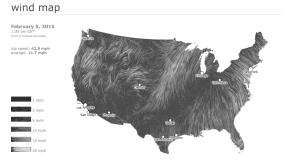In a recent newsletter article sent by the Parisian website Merci Alfred, Les SMS des couples déchiffrés (can be translated by Couples Text Messages are Decoded) shows within a few infographics how texts as part of the couple new language. It gives stats and possible trends on couples texting behaviors in a humorous way. Over 100 millions text messages of couples have been analyzed with the help of Tx.to a website that allows you to print your SMS conversations.
The figures are split in Gender behaviors and questions asked are : % of sent texts according to the status of the relationship, the day of the week, length of sent texts, most frequently used words in texts, most used emojis, first ” I love you” and “make love” are said, time of response between texts, etc.
The goal of the data presentation seems to show that you will have a different behavior in your relationship according to your gender. Even though they claim a study with over 100 millions texts, the audience understands that the point is not to run a scientific study but rather show stats in a funny way. As each graph is almost always annotated to highlight that difference. For instance, when we see the time of response between texts of 2:30min for Women VS 4:30min for Men the annotation says : c‘est parce qu’on s’applique ( it is because we try harder)
The data presentation is effective because it distinguishes Gender with a different color code and show simple binear comparisons with only a limited figures per graph. Males and Females behave differently. We all know that.
Those who saw the article are the recipients of a newsletter that targets urban males living in Paris city. But it is also shown on their website. So it really aims at not a specific male audience but mostly an urban audience, fairly young 18-35yo.





